Bangladesh's Cattle Market
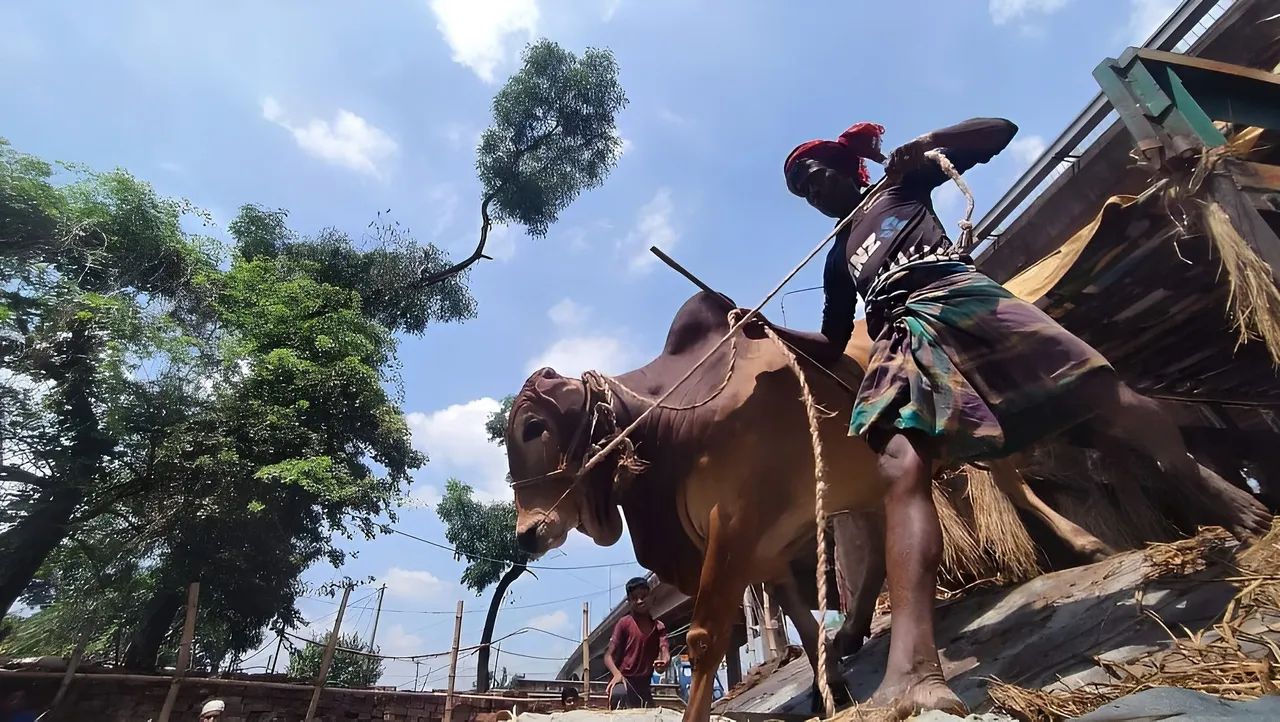
Eid-ul-Azha, also known as the Festival of Sacrifice, holds great significance in the Islamic calendar. It is a time when Muslims around the world commemorate the willingness of Prophet Ibrahim (Abraham) to sacrifice his son as an act of obedience to God. In Bangladesh, this festival is celebrated with immense fervor and enthusiasm, and one of the most captivating aspects is the bustling cattle markets that emerge across the country. In this blog, we will embark on a photographic journey through the cattle markets of Bangladesh during Eid-ul-Azha, where the spirit of sacrifice and community is beautifully encapsulated.
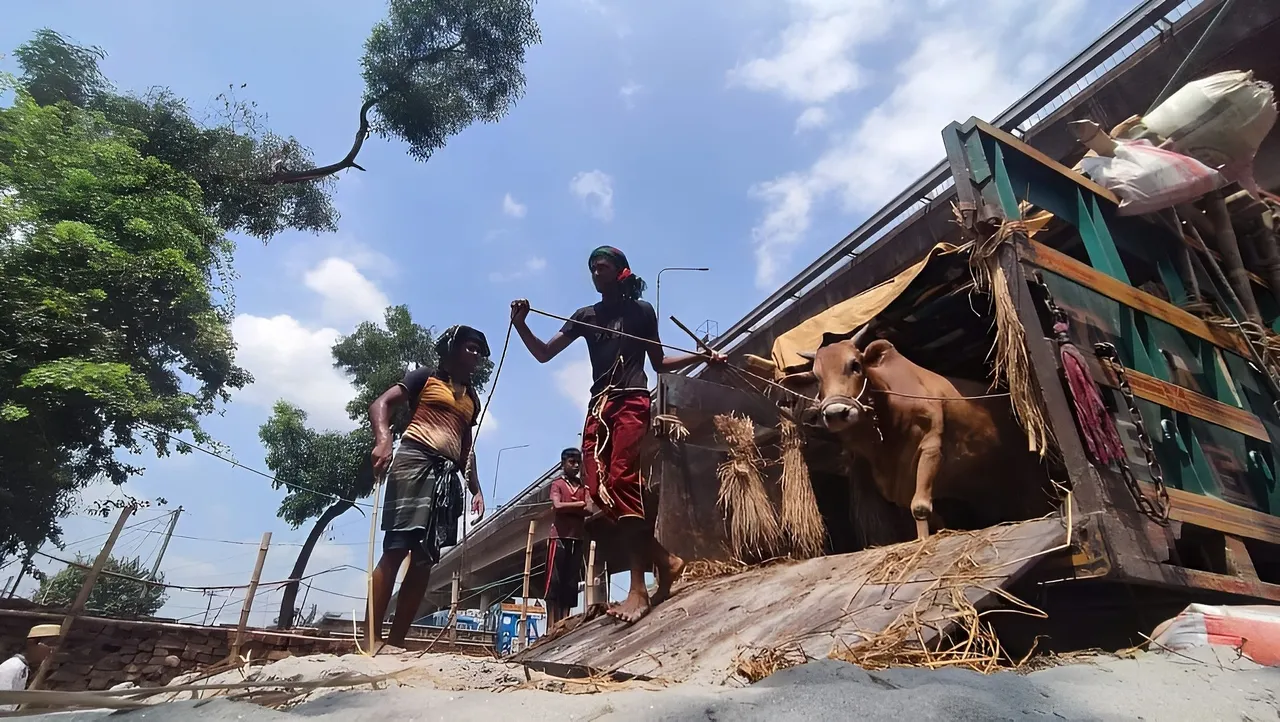
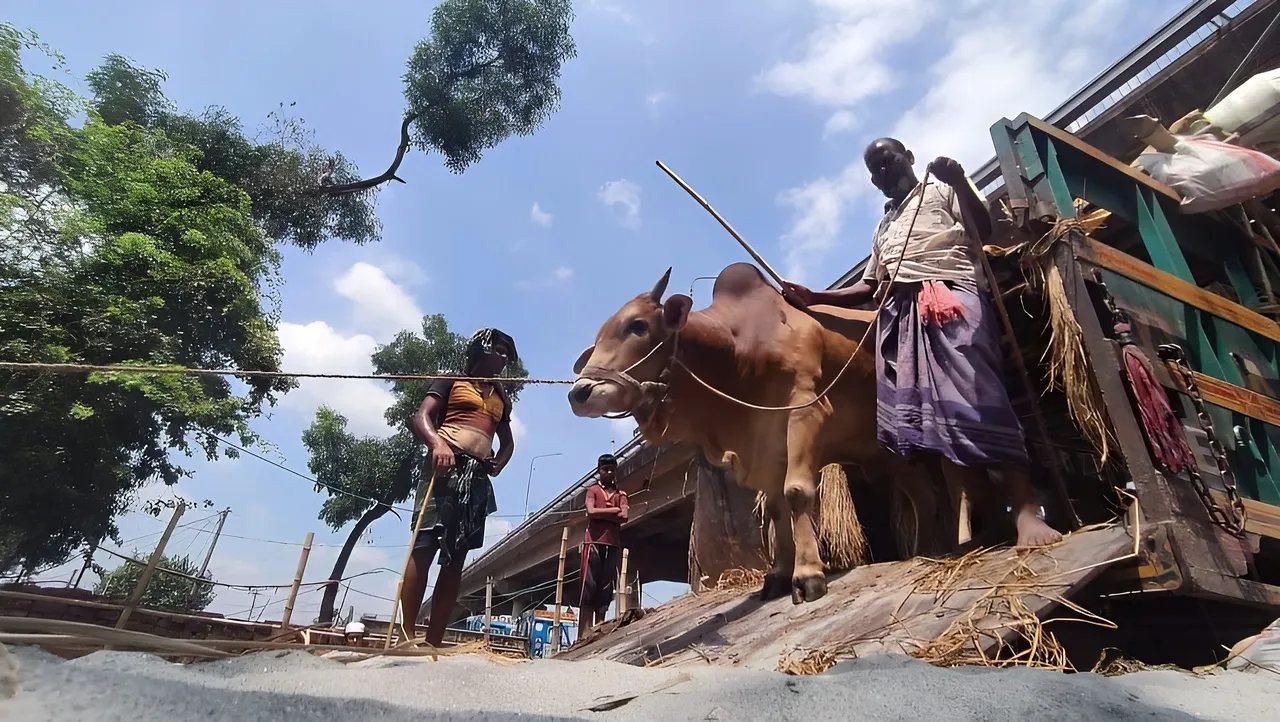
Colors, Chaos, and Camaraderie:
As the auspicious day of Eid-ul-Azha approaches, cattle markets spring to life in various cities and towns across Bangladesh. Stepping into these vibrant marketplaces is like entering a world of colors, chaos, and camaraderie. Through the lens of a camera, one can capture the essence of this unique cultural experience. The sight of countless cattle, adorned with vibrant accessories, presents a kaleidoscope of hues, while the bustling crowds create an electrifying atmosphere.
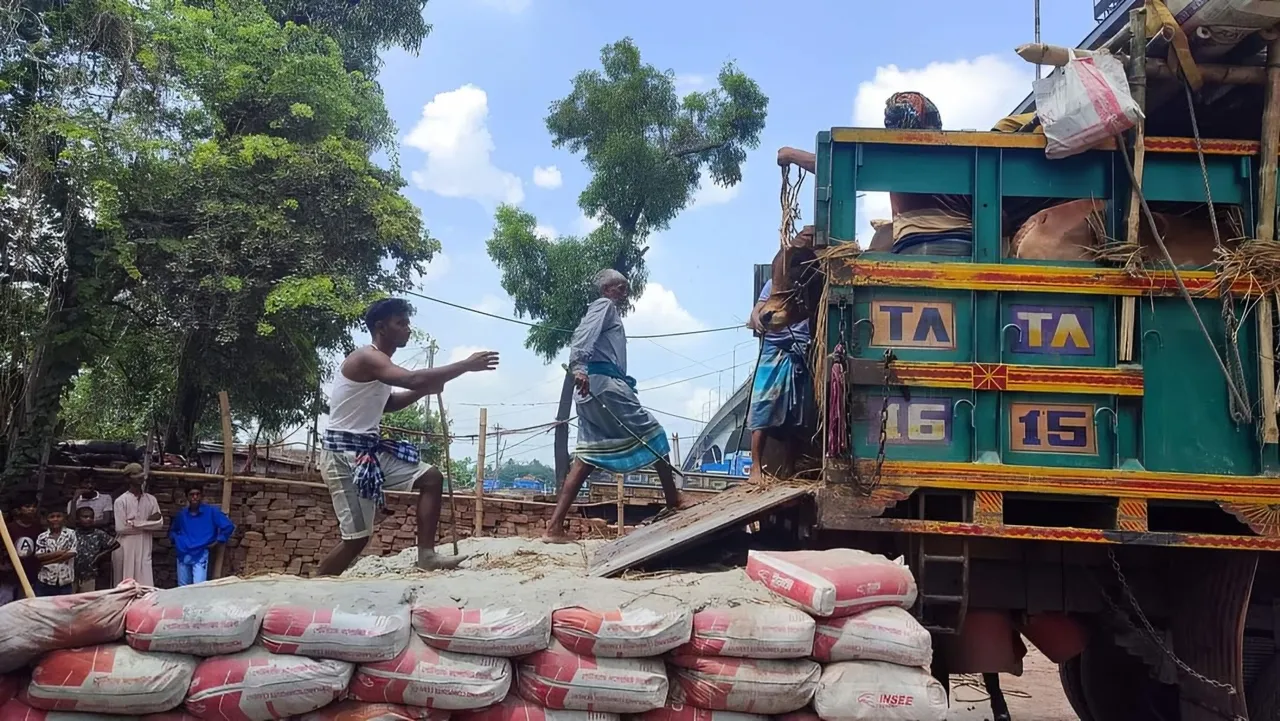
Connecting with the Community:
Photography allows us to connect with the people who make these cattle markets come alive. Traders, buyers, and even curious onlookers can be found in abundance, each with a story to tell. Engaging with the locals and capturing their expressions and interactions through the lens provides an opportunity to understand their lives, their hopes, and their traditions. From seasoned farmers to young children, the cattle market unites people from different walks of life in a shared experience.
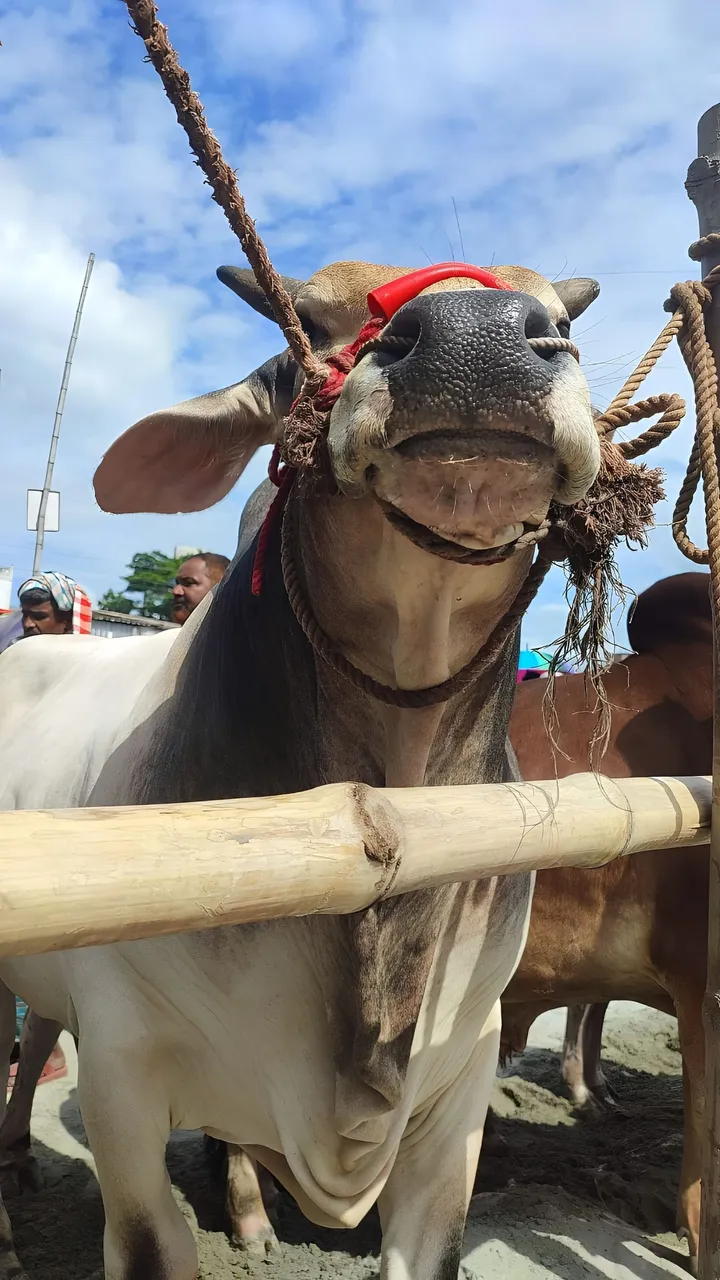
The Rituals and Preparations:
Behind the scenes, there is a flurry of activities as buyers meticulously inspect the cattle, assessing their size, health, and suitability for sacrifice. Photographers can capture these intimate moments, where the connection between man and animal is palpable. The preparation for Eid-ul-Azha also involves the construction of temporary shelters, the arrangement of fodder, and the negotiation of prices. Each element contributes to the rich tapestry of this cultural event.
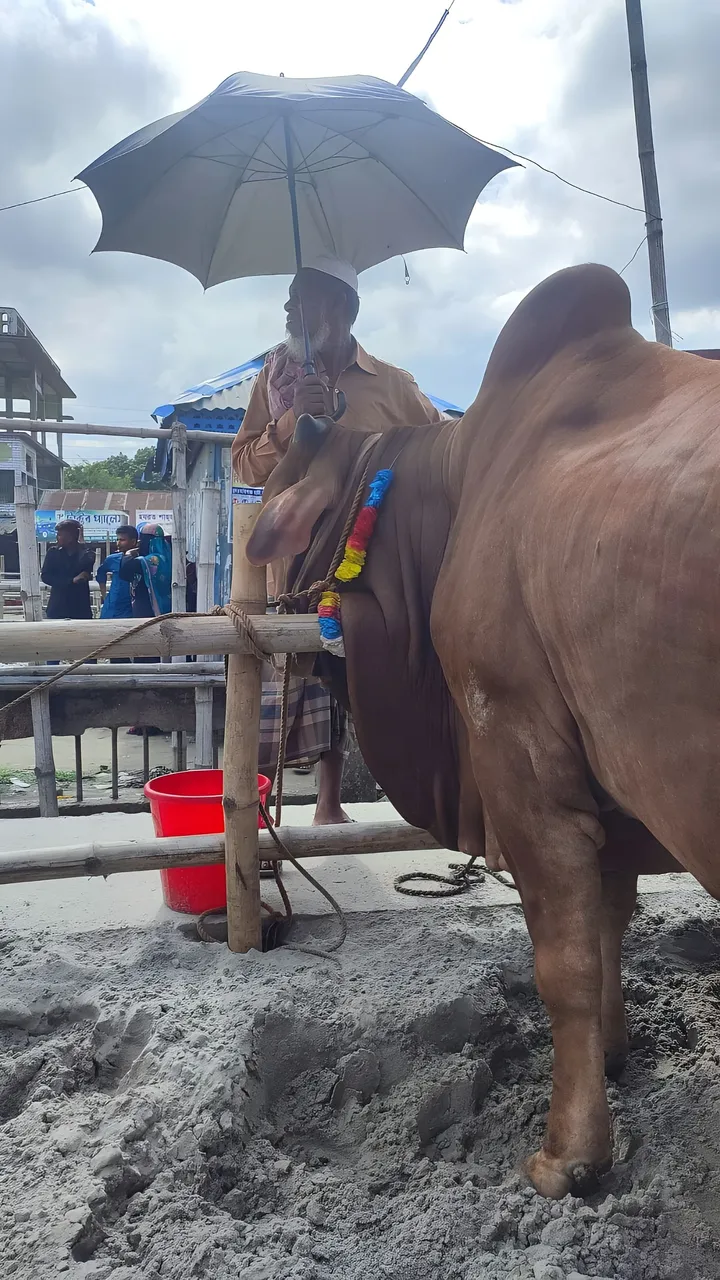
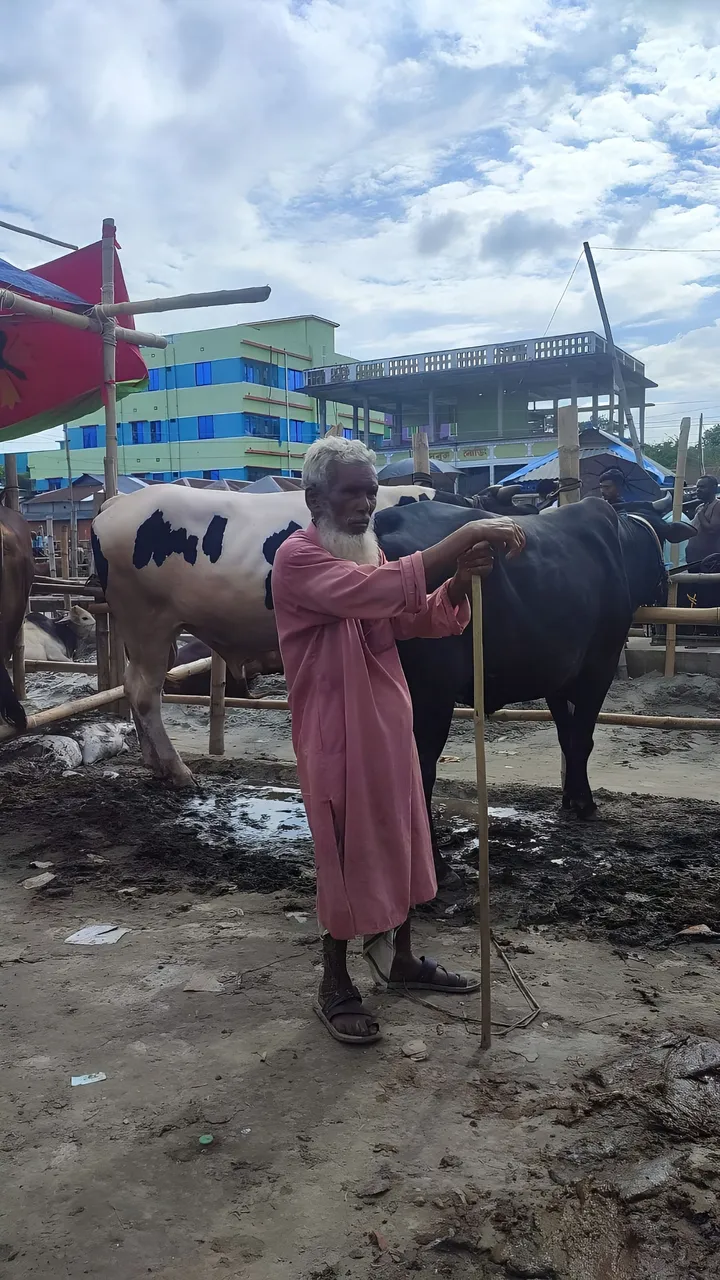
Emotional Bonds and Reflections:
Photography is a powerful medium to capture the emotions experienced during Eid-ul-Azha. The bond between humans and animals, particularly as they share their final moments together, can evoke a wide range of sentiments. The facial expressions of buyers bidding farewell to their chosen animals, combined with the solemnity and reflection in their eyes, convey the gravity of this spiritual occasion. These moments serve as a poignant reminder of the essence of sacrifice.

Preserving Cultural Heritage:
Photography plays a vital role in preserving cultural heritage for future generations. By documenting the vibrant cattle markets during Eid-ul-Azha, photographers contribute to the preservation of Bangladesh's rich cultural tapestry. The photographs serve as visual archives, capturing the traditions, customs, and rituals associated with this significant festival. They allow us to relive these moments, even years later, and continue to foster a sense of pride and nostalgia.

Photography provides a window into the captivating world of Bangladesh's cattle markets during Eid-ul-Azha. The colors, chaos, and camaraderie that define these markets come alive through the lens, offering a unique glimpse into the spirit of sacrifice and community. By capturing the rituals, preparations, emotions, and bonds that permeate this cultural event, photographers help preserve and celebrate the rich heritage of Bangladesh. As we reflect on the images captured, we gain a deeper appreciation for the unity, faith, and shared values that underpin the celebration of Eid-ul-Azha.